David Darling - The Biggest Number in the World
Here you can read online David Darling - The Biggest Number in the World full text of the book (entire story) in english for free. Download pdf and epub, get meaning, cover and reviews about this ebook. year: 2022, publisher: Oneworld Publications, genre: Children. Description of the work, (preface) as well as reviews are available. Best literature library LitArk.com created for fans of good reading and offers a wide selection of genres:
Romance novel
Science fiction
Adventure
Detective
Science
History
Home and family
Prose
Art
Politics
Computer
Non-fiction
Religion
Business
Children
Humor
Choose a favorite category and find really read worthwhile books. Enjoy immersion in the world of imagination, feel the emotions of the characters or learn something new for yourself, make an fascinating discovery.
- Book:The Biggest Number in the World
- Author:
- Publisher:Oneworld Publications
- Genre:
- Year:2022
- Rating:3 / 5
- Favourites:Add to favourites
- Your mark:
- 60
- 1
- 2
- 3
- 4
- 5
The Biggest Number in the World: summary, description and annotation
We offer to read an annotation, description, summary or preface (depends on what the author of the book "The Biggest Number in the World" wrote himself). If you haven't found the necessary information about the book — write in the comments, we will try to find it.
The Biggest Number in the World — read online for free the complete book (whole text) full work
Below is the text of the book, divided by pages. System saving the place of the last page read, allows you to conveniently read the book "The Biggest Number in the World" online for free, without having to search again every time where you left off. Put a bookmark, and you can go to the page where you finished reading at any time.
Font size:
Interval:
Bookmark:

Remarkable.
TLS on Weird Maths
A glorious trip through some of the wilder regions of the mathematical landscape, explaining why they are important and useful, but mostly revelling in the sheer joy of the unexpected. Highly recommended!
Ian Stewart, author of Significant Figures , on Weird Maths
Darling and Banerjee take us on a captivating ride through a vast landscape of mathematics, touching on mesmerising topics that include randomness, higher dimensions, alien music, chess, chaos, prime numbers, cicadas, infinity, and more. Read this book and soar.
Clifford A. Pickover, author of The Math Book , on Weird Maths
In this inspired collaboration, a young maths prodigy teams up with a popular science writer to present a fresh view of the world of mathematics. Together they fearlessly tackle some of the most weird and wonderful topics in mathematics today.
John Stillwell, Professor of Mathematics, University of San Francisco, and author of Elements of Mathematics , on Weird Maths
A grand tour of the most exotic locations in the mathematical cosmos. Weirder Maths is exhilarating and entertaining, and will leave you with a wide-eyed appreciation of the world of numbers.
Michael Brooks, author of The Quantum Astrologers Handbook , on Weirder Maths
Weird Maths
Weirder Maths
Weirdest Maths
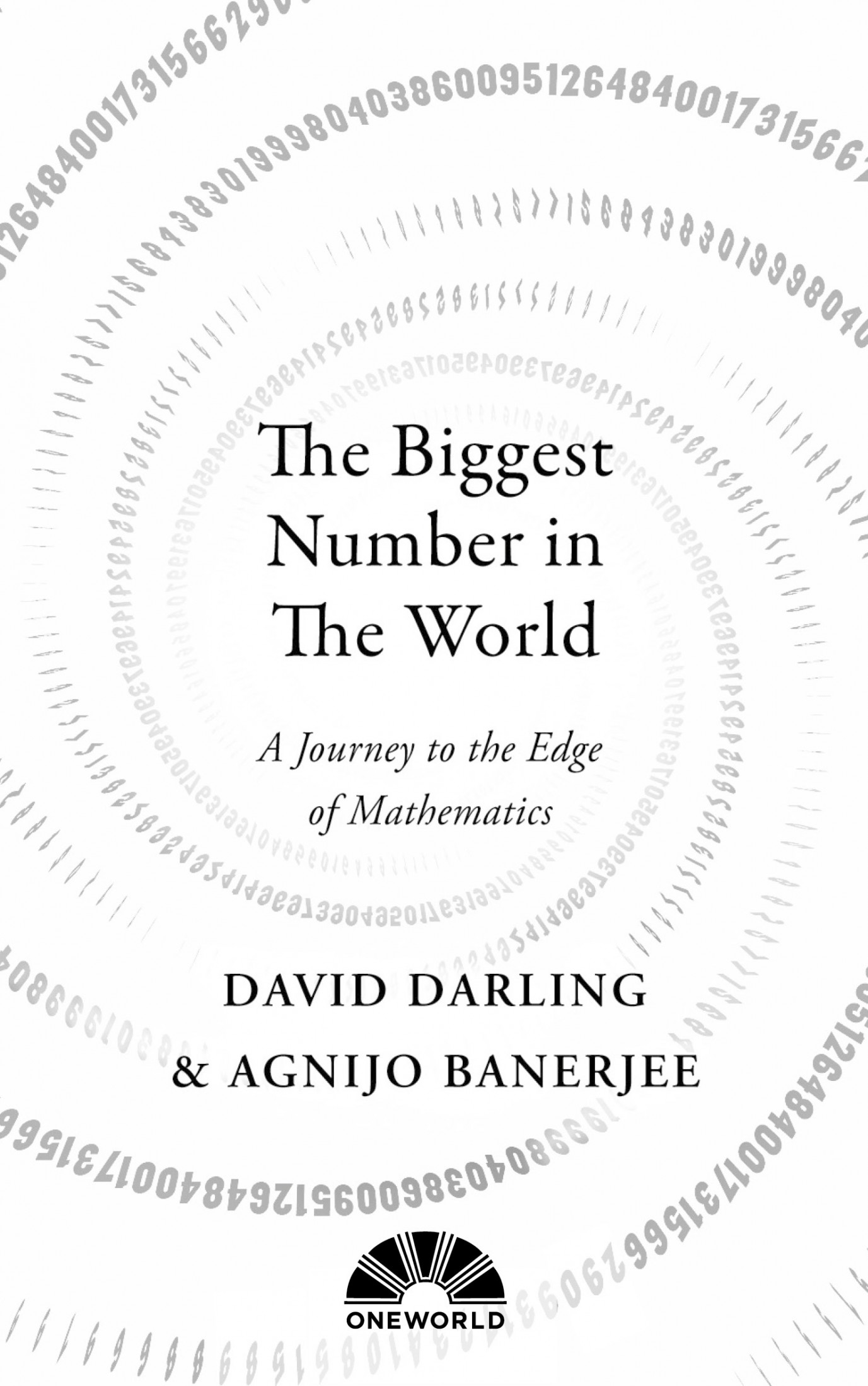
The study of mathematics, like the Nile, begins in minuteness but ends in magnificence.
Charles Caleb Colton
The more you approach infinity, the deeper you penetrate terror.
Gustave Flaubert
The physical universe is vast beyond imagining. Even the nearest star lies at a distance almost impossible to grasp with our Earth-bound brains. The edge of the observable universe is inconceivably more remote: about 46 billion light-years, or 270 billion trillion miles, away. Yet were about to embark on a much greater voyage, not into the depths of space but into the farthest reaches of the mathematical cosmos.
Along the way well come across some extraordinary ideas, so alien to our normal way of thinking that the biggest challenge will be to find familiar words and concepts by which we can build bridges to understanding. Well venture far from home into regions of thought that, until now, few have seen or experienced. Our quest: nothing less than to find the edge of the numerical universe.
Surely, you might say, there is no such edge. Numbers go on forever. Even if we were to fill this book, or a library full of books, with 1 followed by zeros or all 9s on every line on every page, at the end you could name a bigger number simply by saying and 1. And thats true. The number line stretches away into the mists of infinite distance. But, as were about to find out, the search for an ultimately large number isnt confined to trekking slowly, step by step, down an endless road. There are some surprising, mind-bending alternatives to the often-repeated mantra theres no biggest number. Some of these will involve entering a shadowy land, still largely unexplored, between the finite and the infinite. Others will transport us into what are effectively parallel universes of maths, where different rules operate and what we thought was secure knowledge is easily overturned.
As with any expedition into the unknown we need to go well prepared. Well look at the history of large numbers and how the subject has been mapped out up to this point. Well delve into a few areas fascinating in themselves that are rarely broached in school or university curricula in order to equip ourselves for the great quest ahead.
Like mountaineers attempting to climb previously unconquered peaks, certain mathematicians throughout history have had the courage to try to scale new heights in the mighty ranges of towering numbers. Often theyve ventured alone, not relying on the intellectual, moral or financial support of others to help them in their ambition. These pioneers of a strange land have had to develop new tools and techniques to go beyond what was possible before. And the vistas with which theyve been rewarded are no less breathtaking and spectacular, in their way, than the views from the summits of Everest or the Matterhorn. These are the minds-eye spectacles that await us in the pages ahead.
We also have personal reasons for writing this book. Number theory and the mathematics of very large numbers, in particular is a passion of Agnijos. Its a subject thats fascinated him throughout his school career, which culminated in him taking first place in the 2018 International Mathematical Olympiad, and as a student at Cambridge. David has always enjoyed finding ways to explain difficult ideas to a wide audience. The book is the culmination of an unusual writing partnership, which began while David was tutoring Agnijo as a young teenager.
Theres a widespread suspicion that maths is cold and austere, somewhat aloof from the real world of people. But nothing could be further from the truth. Mathematics, along with music and art, is among the most human of enterprises, steeped in passion, tragedy, comedy and romance, wild and wonderful characters, and bold new ideas that constantly threaten the status quo. Nowhere is this drama of maths more evident than in the ultimate intellectual challenge: the search for the biggest number in the world.
Are there more grains of sand on Earth or stars in the universe? With your eyes alone you can see at least a couple of thousand stars on a clear night well away from artificial lights, and nearer 4,000 if its moonless and your eyesight is keen. In a handful of sand are many more grains than that. But space is huge, dauntingly so, and powerful telescopes reveal that it contains a host of galaxies, each harbouring billions of stars. On the other hand, the deserts, beaches and ocean beds of our planet are home to sand particles in dizzying profusion. So, sand or stars, which wins in the numbers game?
A study carried out by researchers at the University of Hawaii in 2003 estimated the number of sand grains in the world to be 7.5 million trillion, or 75 followed by 17 zeros. As for stars, the figure they came up with, for the whole of the observable universe, was 70 thousand million trillion. Thats about ten thousand stars for every sand grain.
The Greek mathematician and scientist Archimedes was also interested in this kind of problem. In the third century bce he wrote a short treatise, addressed to Gelon, King of Syracuse, thats come to be known as The Sand Reckoner. Sometimes described as the first research-expository paper, because it combines both accuracy and clear language, aimed at the layperson, it asks: How many grains of sand would fit in the universe?

Figure 1.1 : Sand dunes in the Sahara, Libya.
The answer, of course, depends on how big is an average grain of sand and how big is the universe. Archimedes figured, very generously (to the point of being unrealistic), that one poppy seed could contain 10,000 grains of sand, which would make the grains almost microscopic in size. He also reckoned that 40 poppy seeds, side by side, would stretch across one Greek dactyl , or finger-width, equal to about three quarters of an inch (19 millimetres). A sphere one dactyl wide would then be able to hold in the region of 640 million sand grains.
Font size:
Interval:
Bookmark:
Similar books «The Biggest Number in the World»
Look at similar books to The Biggest Number in the World. We have selected literature similar in name and meaning in the hope of providing readers with more options to find new, interesting, not yet read works.
Discussion, reviews of the book The Biggest Number in the World and just readers' own opinions. Leave your comments, write what you think about the work, its meaning or the main characters. Specify what exactly you liked and what you didn't like, and why you think so.

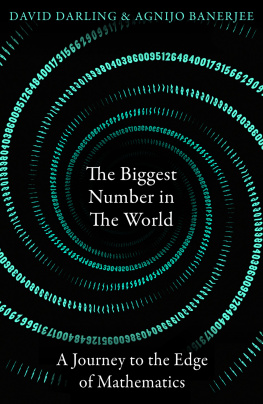
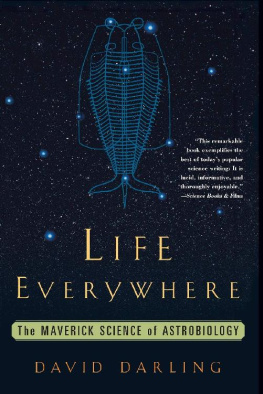
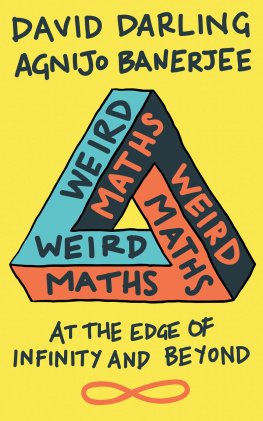

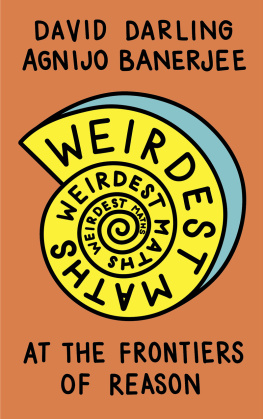

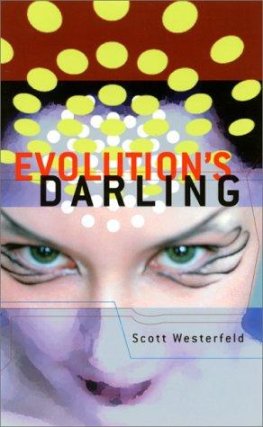




![Darling - Back from the brink: [1000 days at Number 11]](/uploads/posts/book/197393/thumbs/darling-back-from-the-brink-1000-days-at-number.jpg)
